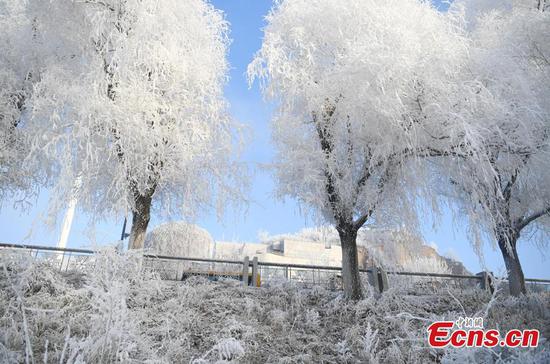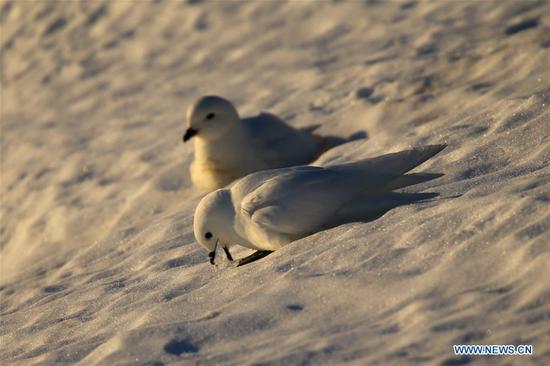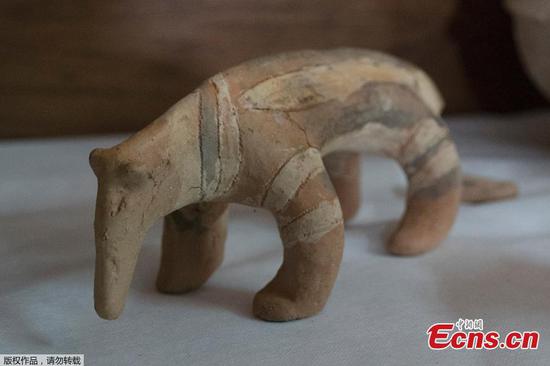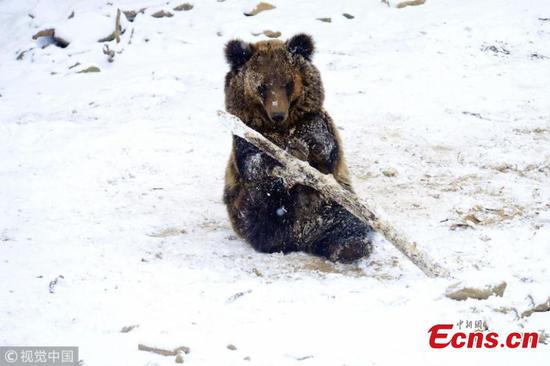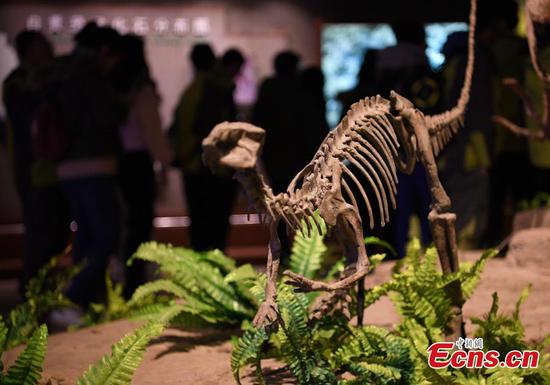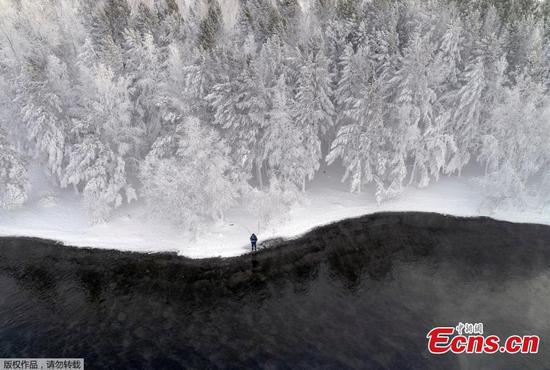For many people, getting out of a warm bed in winter is hard. But a new study linking sleeping hours to health risks could sound an alarm for late sleepers.
The study, published in the European Heart Journal, shows people who sleep more than eight hours a day might have an increased risk of heart and blood vessel disease.
Researchers from China's Beijing Fuwai Hospital and Canada's McMaster University worked on the study, which involved 116,632 people aged 35 to 70 in 21 countries since 2003. Following up after almost eight years, researchers recorded 4,381 deaths and 4,365 cases of cardiovascular disease.
They had taken account of factors that could affect outcomes, such as age, sex, smoking, alcohol consumption, family history of cardiovascular disease, diabetes, and blood pressure.
They found people who slept six to eight hours a day had lowest death and disease rate. Both less and more sleep was associated with an increased risk, but a long sleep was linked to a higher risk than a short sleep.
Eight to nine hours of sleep a day increased the risk by five percent; nine to 10 hours by 17 percent; and over 10 hours by 41 percent. However, fewer than six hours, increased the risk by nine percent.
Researchers also found that daytime napping (about 30 to 60 minutes) could increase the risk except in people sleeping less than six hours at night.
The study has limitations, including the assumption that the duration of sleep did not change during the follow-up period, and they did not collect information on sleep disorders such as insomnia and apnoea, which also had an impact on sleep and might affect health.
But the result is similar to a study by British researcher last month, which showed that women who slept longer than eight hours a night had a 20-percent increased risk of breast cancer for each additional hour slept.
Monitoring the duration of sleep may help doctors to identify people at high risk of heart and blood vessel problems or death, said Wang Chuangshi, lead author of the study.
One of Australia's major marsupial species may not be able to survive the rising temperatures of this century, reflecting the increasing vulnerability of wildlife to climate change, according to latest research.
The green ringtail possums, found in northern Australia, can prevent dehydration when exposed to temperatures above 30 C by storing water in their bodies instead of losing it through evaporative cooling but the heat becomes a problem when exposure is over five hours for at least four consecutive days, according to Western Sydney University in a statement about its study on Wednesday.
The research, which included scientists from James Cook University in thermally mapping the vulnerability of species to future changes in the frequency and intensity of extreme heat events, showed that the area where maximum temperatures are survivable for the tree-dwelling, leaf-eating species could shrink by over 85 percent this century.
"Our biodiversity is increasingly threatened by extreme heat events, but it has proven difficult to predict the responses of wildlife to these events," said the university's Dr. Justin Welbergen.
The researchers showed that under a more severe, business-as-usual scenario, the area where maximum temperatures are currently survivable for the green ringtail possum would be reduced by more than 6,000 sq- km by 2085, leaving most of the area uninhabitable for the species and posing a severe threat to its long-term survival.
The findings, reported in scientific journal Biology Letters, can also help with effective wildlife conservation management, according to the team.
"Our methods allow us to map the areas that will remain thermally suitable for green ringtail possums in the future, and help ensure that conservation and habitat restoration efforts are targeted to the most important locations in the landscape," said Western Sydney University's Dr. Jessica Meade.
"Our methods can be applied anywhere where detailed information on both thermal tolerances of animals and daily weather are available, and as such can inform the efficient deployment of limited conservation resources," she said.









